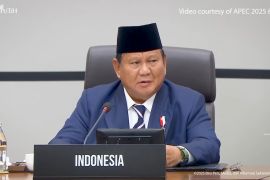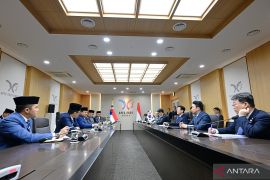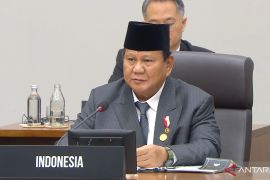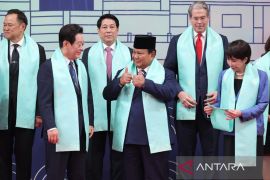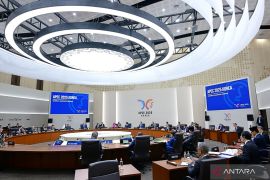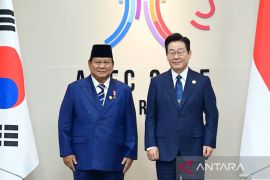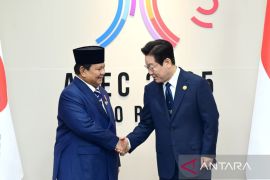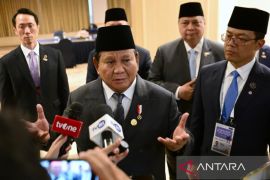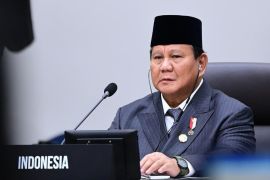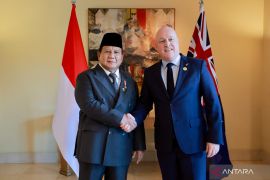Chile, the APEC 2019 host, is leaving no stone unturned in its efforts to rope in more number of women into the workforce -- this year's main focus for the 21 economies of the Pacific Rim region -- and calling on the private sector to take more concerted steps to this end.
South America’s most stable economy has made progress in safeguarding the rights of women workers, though below 50 percent of all women are working, in comparison with 72 percent of their male counterparts.
Nonetheless, studies point to more women being employed and working as leaders translating to greater productivity growth.
Firms can bring about a positive change by promoting more women. Currently, women constitute just 6.4 percent of the Boards of Directors in the private sector than 42 percent in state-owned companies.
Carolina Cuevas, undersecretary for Women and Gender Equity in Chile, emphasized that women should be placed in no less than 10 percent of executive posts in the private sector.
"The private sector plays a critical role. They should come to the realization that they can bring out a real betterment in women’s economic empowerment and economic autonomy," Cuevas, also serving as chair of APEC’s Policy Partnership for Women and the Economy (PPWE), remarked.
Moreover, there is a need to address other disincentives. Women in Chile receive, for the most part, 31 percent less salary than men. Chile is formulating policies for assisting women, who are self-employed, working for small businesses, or having taken career breaks to tend to children or parents since they have less access to healthcare benefits, pensions, maternity leave, or childcare.
"Several steps ahead still need to be taken, and numerous challenges lie ahead to ensure that both sexes have access to equal opportunities," Cuevas affirmed.
Women can be made more economically empowered across the APEC region. However, usually, 60 percent of women in East Asia are working – a rate that is among the highest in the world – the ratio of working women is plummeting in spite of strong economic growth. Legislation is having to address discriminatory hiring practices across all employment levels, starting from the recruitment stage.
However, employment prejudices prevail, especially targeting women returning to work post-pregnancy.
The APEC Women and the Economy Dashboard noted that below 50 percent of the APEC member economies have ratified laws ascertaining a woman’s return to an equivalent position after maternity leave, penalizing working mothers. Fewer still are the number of economies that have mandated paternity leaves, making it challenging for women in maintaining a work-life balance.
To persuade more women to join the workforce, steps are underway to overcome barriers in male-dominated sectors. In Chile, a task force to step up the participation of women was set up in the mining sector, a major predominantly male industry.
Cuevas believes that the endorsement of gender-neutral sectors should begin in primary school, to instill a sense of confidence and necessary skill sets among both boys and girls to thrive across sectors.
"Education dons a critical part in ensuring gender balance. We need to collaborate with them in the early years to ensure a gender equality perspective in classrooms," Cuevas added.
Reporter: Yuni Arisandy Sinaga
Editor: Suharto
Copyright © ANTARA 2019


